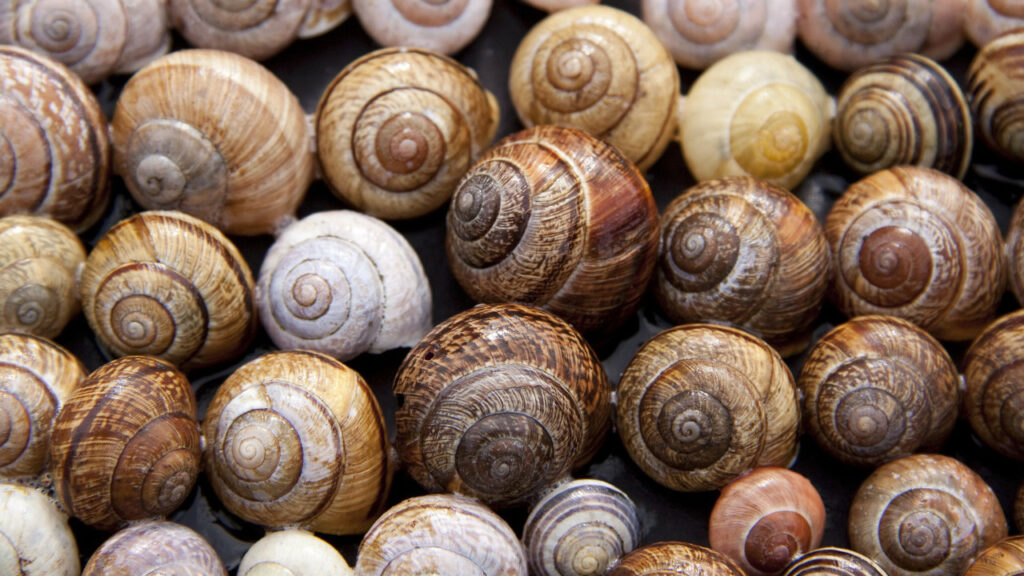How a garden snail can kill your dog

Rat lungworm (Angiostrongylus cantonensis) is a parasite that can affect dogs. This worm has it’s normal lifecycle in rats and snails (or slugs). When a dog eats the infected snail they too can become infected. There is actually a possibility that by just eating the snail or slugs mucous, that they can be infected.
An infected dog (as opposed to an infected snail) cannot pass this to another dog or to a human.
It’s usually a young dog that gets infected, one of the reasons given for this is that young dogs are more inquisitive and more likely to eat snails.
Where does it occur in Australia?
This parasite is endemic in Australia, and has been shown to occur in around 3% of the snails in Sydney. Most cases are in urban areas such as Brisbane and Sydney, but is seen along the East Coast from North Queensland to mid NSW.
What are the signs that my dog has lungworm?
This parasite tends to migrate to the spinal cord towards the brain, and causes a nasty meningitis. It is a life threatening condition. Signs can include extreme pain (especially neck and back), reluctance to move, unwillingness to eat or drink and other neurological signs such as paralysis of the back legs.
How do I know that my dog has it?
Diagnosis can be difficult and is pieced together like a puzzle by your veterinarian. This includes the history, the clinical signs, the area you are in and results of blood testing, radiographs, and most specifically of spinal fluid testing, or demonstration of the worm’s larvae.
How do I prevent this in my dog?
Whilst it’s not a common condition, if your pooch eats snails or slugs (or even their mucous) there is a chance that they will pick up this worm. It’s very hard to guarantee your dog wont do this, but there are a few things you can do to try and prevent the infection.
- Use a regular monthly parasite control that is thought to control lungworm in addition to other parasites, especially if it’s a common problem in your area. This may prevent the larvae that’s eaten from developing into an adult worm. This is likely to reduce, but won’t eliminate your pets risk of getting the disease.
- Non toxic control of snails and slug populations in your garden such as with traps. You don’t want to use snail bait as it is toxic to dogs, and also the dead snail is still infective up to a few days after its death.
- Clean your mates food bowl regularly and ensure it is free of snails or slugs and their mucous.
One comment
Comments are closed.
[…] + Read More Here […]